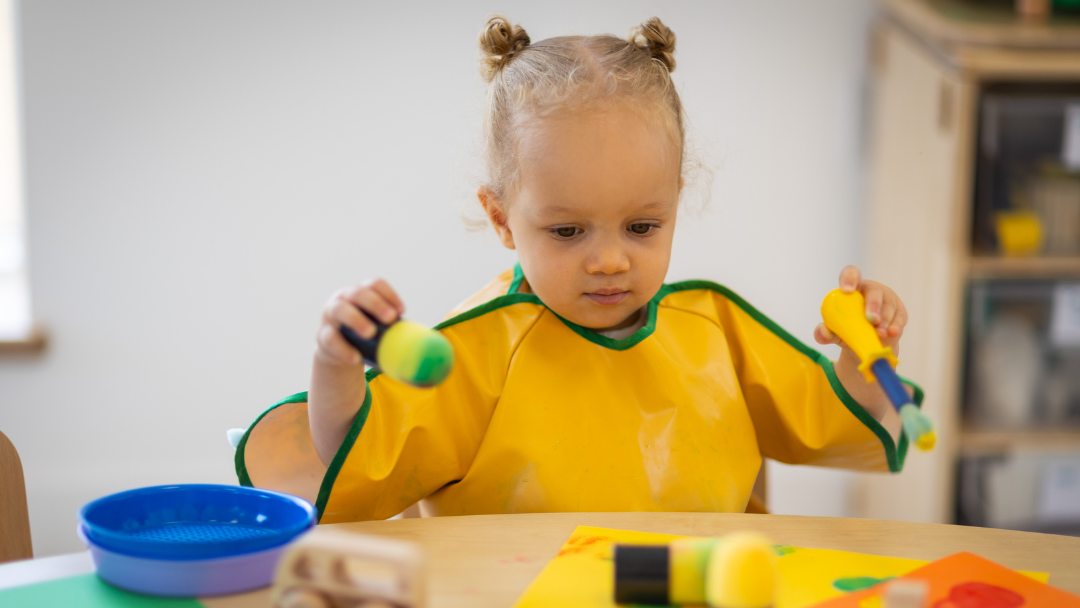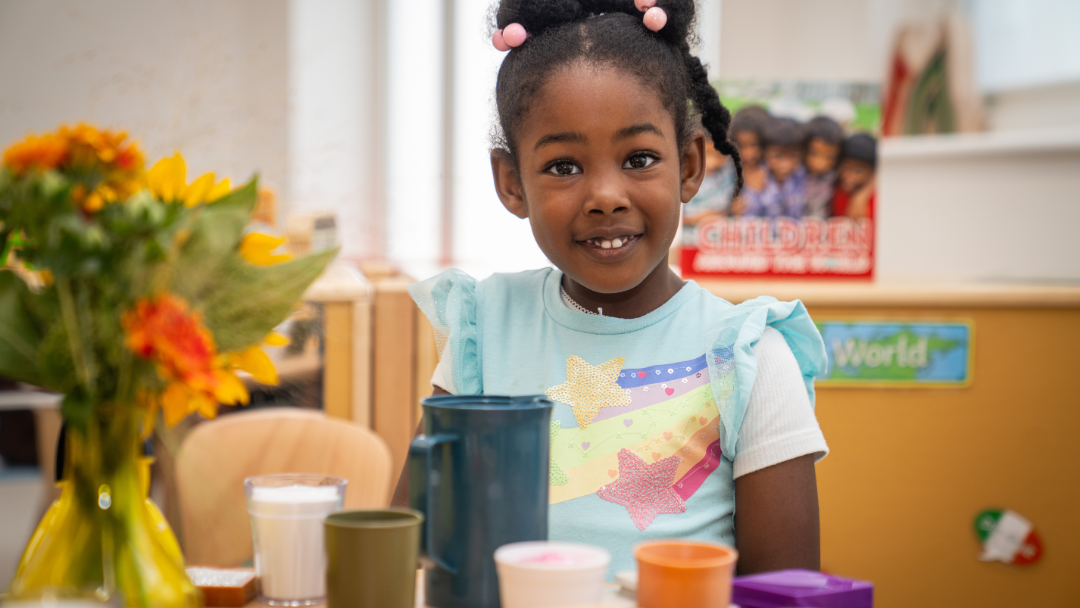Why Choosing Sustainable Toys Is Vital For Early Childhood Education
In today's rapidly changing world, it has become increasingly important to consider the impact of our choices on the environment and future generations. This sentiment extends to all aspects of our lives, including the toys we choose for our children. Sustainable toys have gained significant attention in recent years, and for good reason. They not only provide numerous benefits for child development but also play a crucial role in creating a greener future.
- Understanding the Concept of Sustainable Toys
- The Impact of Sustainable Toys on Child Development
- The Environmental Implications of Sustainable Toys
- Making the Switch to Sustainable Toys
- The Role of Educators and Parents in Promoting Sustainable Toys
- Conclusion
Understanding the Concept of Sustainable Toys
Before delving into the importance of sustainable toys in early childhood education, it is essential to understand what exactly defines a toy as sustainable. Sustainable toys are crafted from environmentally friendly materials that minimise harm to the planet. Unlike conventional toys made from plastic and other non-renewable resources, sustainable toys are typically made from natural materials such as wood, organic cotton, or recycled materials. Additionally, they are free from harmful chemicals such as lead and phthalates, ensuring the safety of children and the environment.
When it comes to sustainable toys, the focus extends beyond just the materials used in their production. These toys are often designed to be durable and long-lasting, reducing the need for frequent replacements and ultimately decreasing waste. Many sustainable toy companies also prioritise ethical labour practices, ensuring that the individuals involved in the production process are treated fairly and paid a living wage.

Defining Sustainable Toys
Sustainable toys encompass a broad range of products that are designed to minimise the environmental impact throughout their lifecycle. From production to disposal, these toys prioritise eco-friendly practices, such as using renewable resources, reducing carbon emissions, and promoting recycling.
Furthermore, sustainable toys often come with educational components that teach children about the importance of sustainability and environmental conservation. Whether it's a wooden puzzle depicting different ecosystems or a set of recycled plastic building blocks, these toys offer valuable learning opportunities that go beyond just play.
Sustainable Toys at Fennies
All the toys and equipment in our nurseries are carefully curated to match the age and developmental stage of the children who will be engaging with them. At Fennies, we partner with Community Playthings to ensure a commitment to quality, safety, and sustainability when it comes to toys and furniture in our settings.
We share Community Playthings’ mission to eliminate potential hazards and exceed safety standards, going above and beyond to ensure that your little ones stay healthy and safe.
Community Playthings designs are intentionally child-centred, with pinch-free hinges to protect tiny fingers from getting caught, and heavily rounded corners that soften the impact of any bumps on their journey. This also allows us to achieve aesthetic harmony in rooms that can often be bustling with activity. We believe that children deserve calm and beautiful places where they can focus on their mission to learn and play.
We care about the world we leave to our children, further fuelling our commitment to a sustainable, natural approach. That’s why we are proud to collaborate with Community Playthings to ensure that the toys and furniture found in our settings are made from renewable resources, bearing the mark of sustainable manufacture.
Solid wood is the main component of all toys in our settings – finished with a water-based and solvent-free finish, making it safe for your children (it’s also crafted from a rot-free wood). Sleep products comply with fire safety standards using naturally fire-resistant materials and are free from chemical flame retardants. Any plastics found in our toys, although limited, are free from harmful chemicals. That’s right: no styrene, no phthalates, no BPA.

The Importance of Sustainability in Early Childhood Education
Early childhood education plays a vital role in shaping a child's values and attitudes towards the environment. By incorporating sustainable toys into their learning environments, educators provide children with hands-on experiences that promote an understanding of environmental responsibility from an early age. Teaching children about sustainability empowers them to become conscious consumers and advocates for a greener future.
Moreover, the use of sustainable toys in early childhood education helps foster creativity and critical thinking skills in children. By engaging with toys that are made from natural materials and have unique design features, children are encouraged to think outside the box and explore different ways of playing. This not only benefits their cognitive development but also instils a sense of appreciation for the beauty and diversity of the natural world.
The Impact of Sustainable Toys on Child Development
Sustainable toys go beyond their eco-friendly properties; they also offer several significant benefits for child development.
Cognitive Benefits of Sustainable Toys
Sustainable toys are often open-ended and encourage imaginative play. They allow children to explore their creativity, problem-solving skills, and critical thinking abilities. When engaging with these toys, children are not limited by preset rules or expectations, promoting a sense of independence and self-expression.
Emotional and Social Advantages
Through sustainable toys, children develop important social skills, such as sharing, cooperation, and empathy. By engaging in collaborative play with peers, they learn to navigate relationships, negotiate, and communicate effectively. Sustainable toys also provide opportunities for emotional development, allowing children to express their feelings and learn emotional regulation.
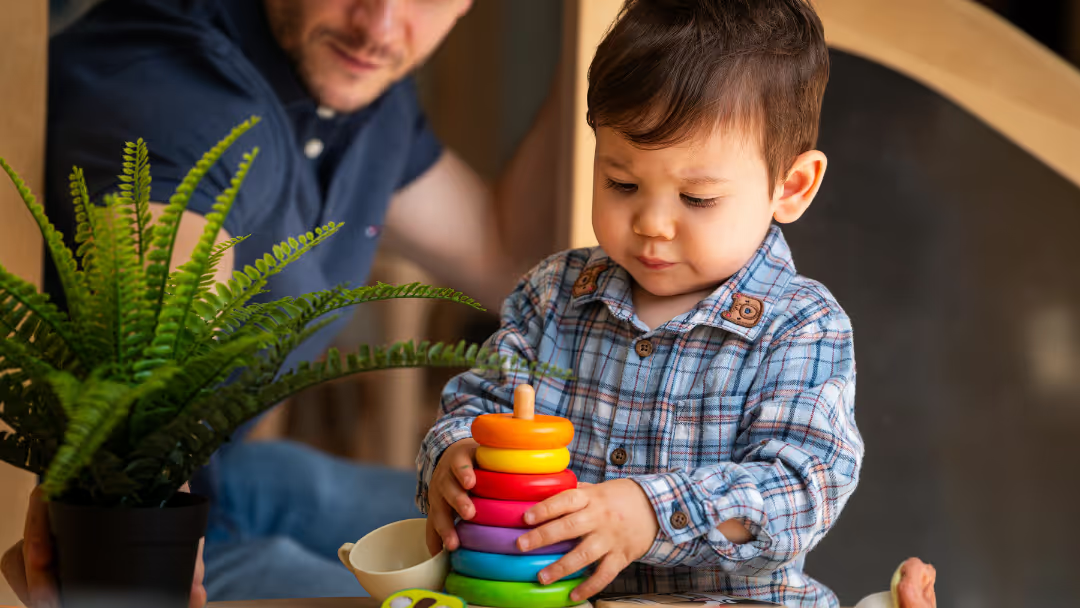
The Environmental Implications of Sustainable Toys
Choosing sustainable toys is not just about the benefits they offer for child development. It also has a significant impact on the environment, helping to reduce plastic waste and promote a greener future. Studies show that 90% of the toys on the market are made of plastic and for every $1 million in revenue, the toy industry uses 40 tons of plastic.
Reducing Plastic Waste with Sustainable Toys
Conventional plastic toys often have a short lifespan and end up in landfills once children outgrow them. These plastic toys contribute to the growing environmental crisis, as plastic takes centuries to decompose. In contrast, sustainable toys are typically made from durable materials that can withstand years of playtime. When children are done with them, these toys can be passed on, donated, or safely recycled.
Promoting a Greener Future for Children
By choosing sustainable toys for our children, we not only reduce our environmental footprint but also teach them the importance of responsible consumption and waste reduction. Sustainable toys serve as tangible examples of how individual choices have a broader impact on the planet, empowering children to become environmentally conscious individuals.
Making the Switch to Sustainable Toys
Switching to sustainable toys might feel overwhelming for parents and educators unfamiliar with the concept. However, with a little guidance, choosing the right toys becomes much easier.
Identifying Sustainable Toys in the Market
When shopping for toys, look for certifications such as the Forest Stewardship Council (FSC) label, which ensures that the wood used is sustainably sourced. Additionally, seek out toys made from recycled or organic materials. Many reputable toy companies have embraced sustainability as a core value and provide detailed information about their manufacturing practices and materials used on their websites.
Tips for Choosing the Right Sustainable Toys
Consider the versatility and longevity of the toy. Look for toys that can be enjoyed in multiple ways and cater to different developmental stages. Opt for open-ended toys that encourage creativity and imagination. Additionally, involve your child in the decision-making process to foster a sense of ownership and responsibility towards their toys.
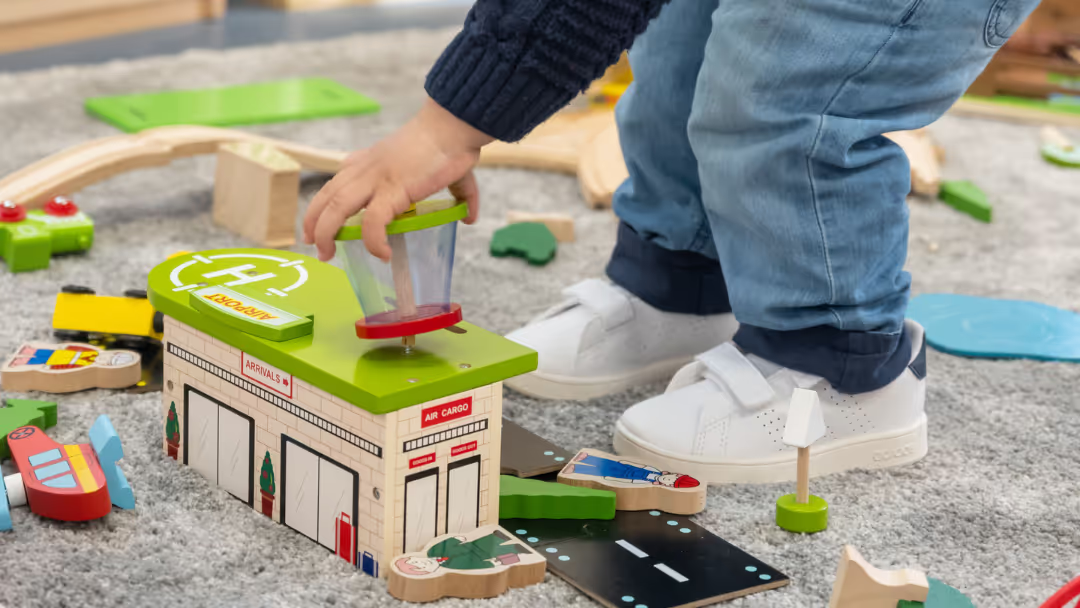
The Role of Educators and Parents in Promoting Sustainable Toys
Parents and educators play a vital role in introducing and advocating for sustainable toys in early childhood education settings.
Incorporating Sustainable Toys in the Classroom
Educators and nurseries can create an environmentally conscious classroom environment by including sustainable toys as learning materials. They can also incorporate discussions on sustainability and the importance of responsible consumption into their curriculum. Providing children with opportunities to explore and engage with sustainable toys fosters a sense of environmental stewardship.

Encouraging Sustainable Play at Home
Parents can promote sustainable play by consciously choosing toys that align with environmentally friendly values. They can create opportunities for open-ended play, minimise electronic gadgets, and encourage outdoor play in nature. By engaging children in sustainable play experiences, parents can instil a deep appreciation for the environment.
Conclusion
Choosing sustainable toys for early childhood education is not just a trend; it is a necessity for the well-being of our planet and future generations. By embracing sustainable toys, we can nurture our children's development, instil environmental consciousness, and contribute to a greener and more sustainable world.
FAQ
Subscribe to our newsletter
Stay up to date with Fennies news





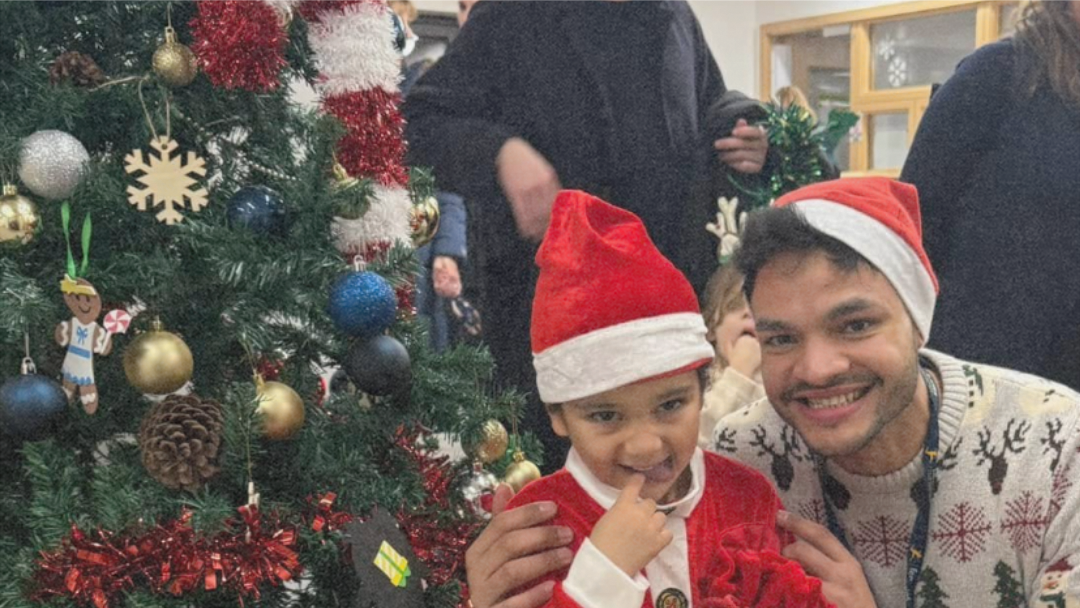
.png)
